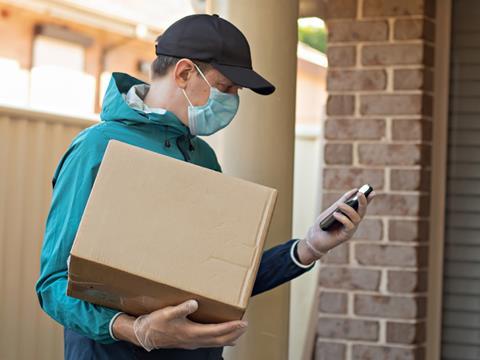
Research recently released by market intelligence agency Mintel shows that the COVID-19-inspired rise in online shopping has driven a boom in demand for courier and delivery services.
According to Mintel, the sector will be valued at €21 billion by 2024 and, with over four in ten consumers saying that they have done more online shopping since the start of the pandemic and other surveys indicating that online sales are unlikely to drop significantly when high street stores eventually re-open, all the indications are that the surge in the need for courier and delivery services is not going to be a short-lived phenomenon.
But, even before the switch to e-commerce over the last 12 months, the UK logistics industry in particular had been struggling to recruit both LGV and standard courier drivers in sufficient numbers to satisfy the fulfilment demands of online retailers.
Now, with tens of thousands of extra home parcel deliveries being generated each day by click-happy shoppers, the shortage of trained and experienced drivers is being brought into an even sharper focus.
The logistics sector’s ongoing driver recruitment problem is having a particular impact on the last mile of a parcel’s journey through the online order fulfilment chain.
“For internet retailers, a positive last-mile delivery experience is essential for building customer satisfaction and loyalty, but this is often one of the most challenging stages of the supply chain,” says Jo Bradley, business development manager for packaging solutions at Quadient.
She continues: “If a shortage of courier drivers means customers do not receive their products fast enough, they will look elsewhere, so it is essential to make maximum use of the resources available. This means optimising the capacity of every delivery vehicle that leaves a parcel hub.”
One of the most obvious ways of doing this is for online retailers and their logistics partners to stop shipping orders in cardboard boxes that are way too big for the product or products that they contain.
“Delivery vehicles invariably ‘max out’ on volume long before they reach weight limits. Shipping empty space just doesn’t make sense and, quite simply, smaller parcels, means more orders on each van,” says Bradley.
The technology now exists to create fit-to-size boxes for every order. “Typically, these machines offer reductions in shipped volumes of up to 50%,” concludes Bradley.
















